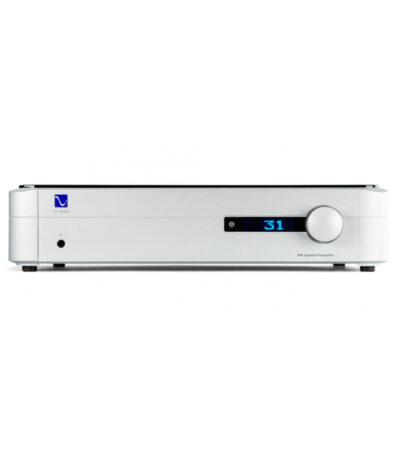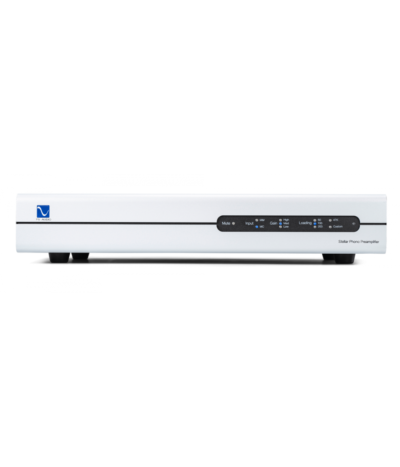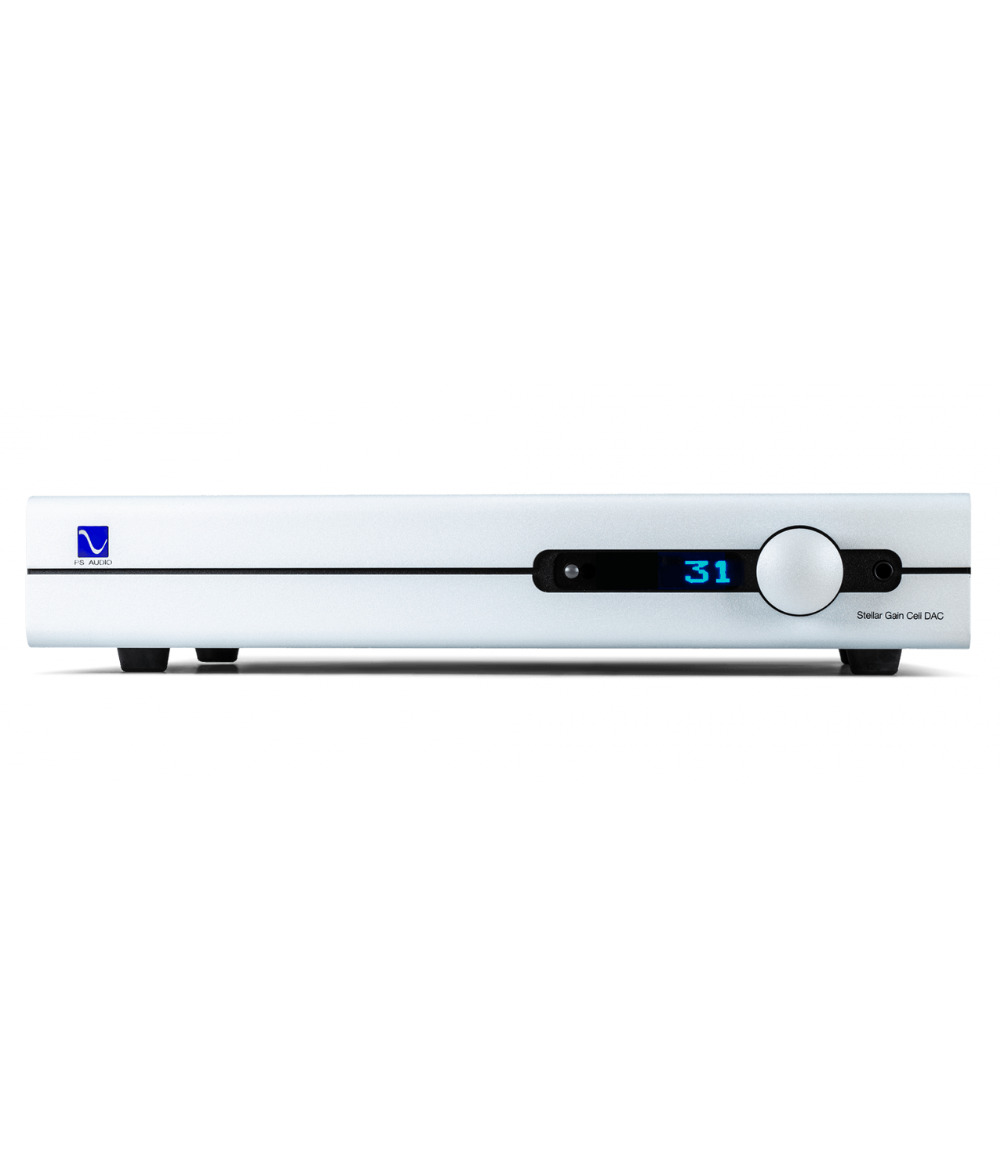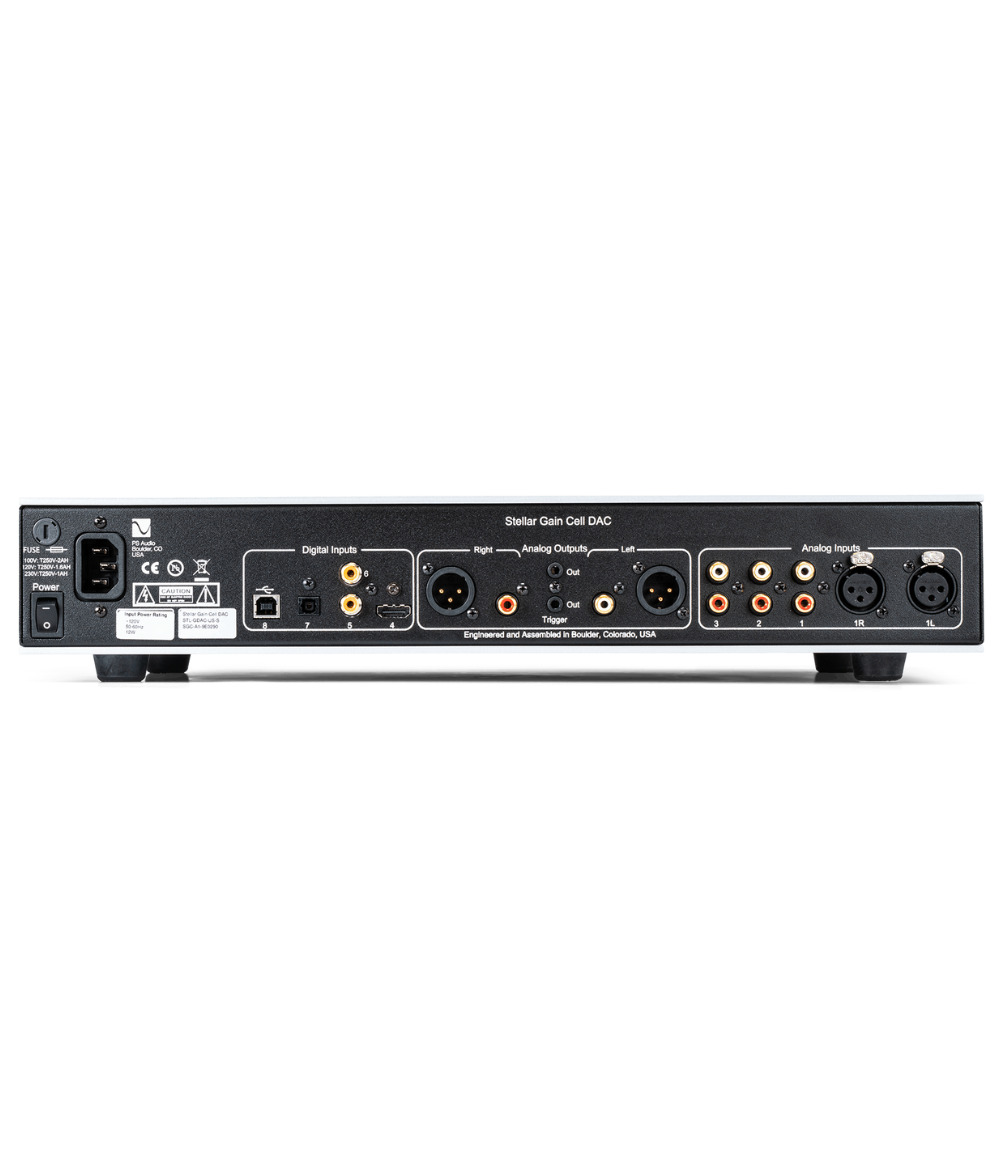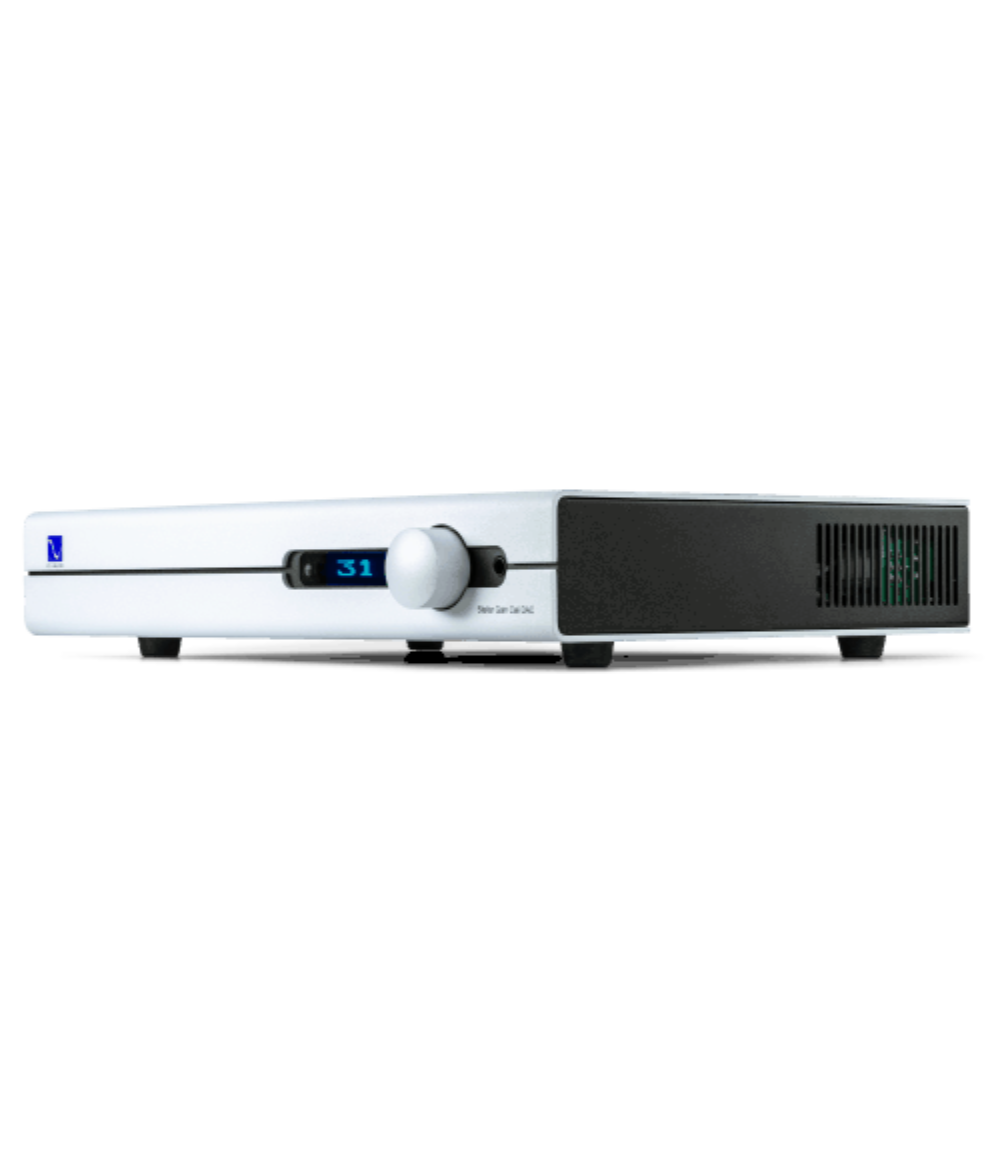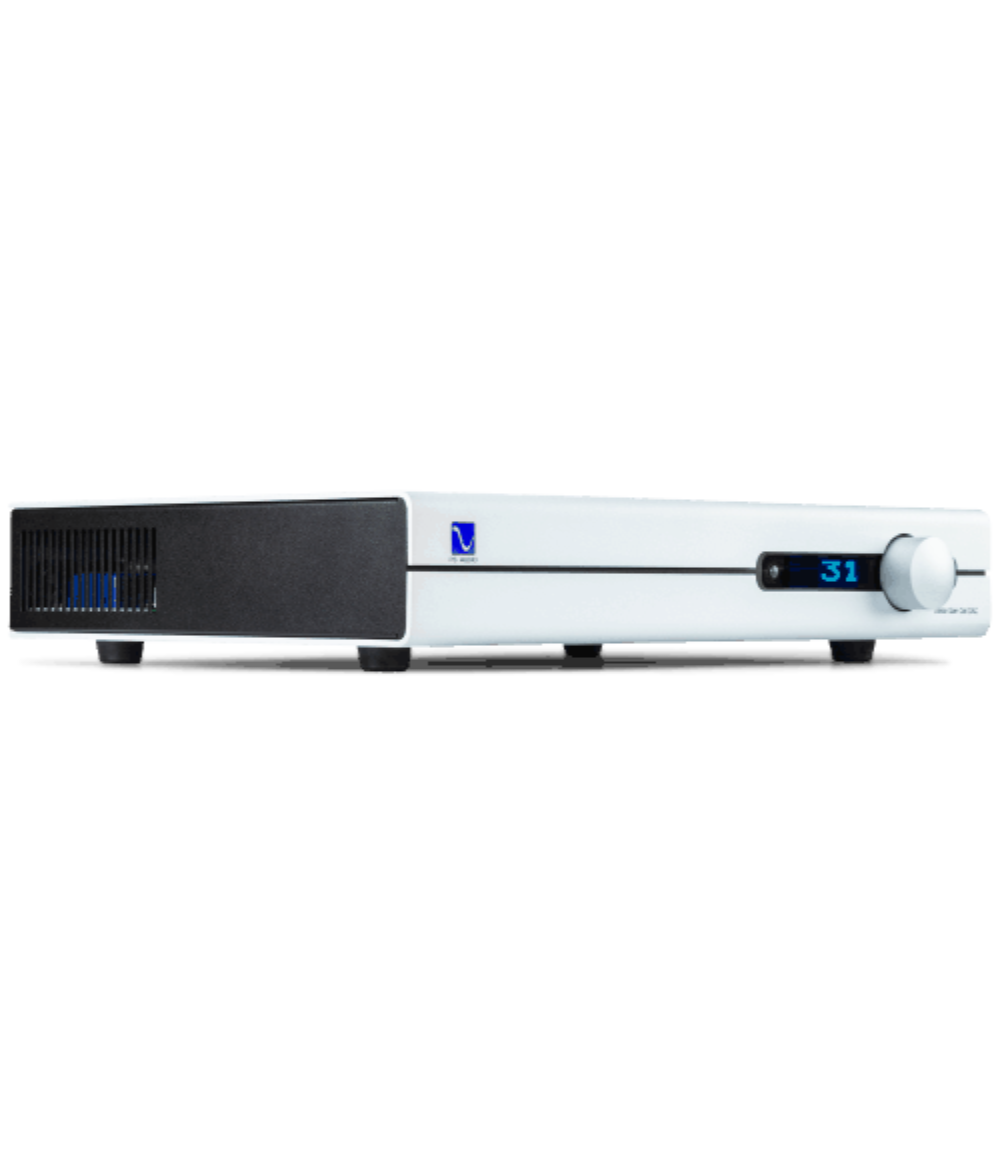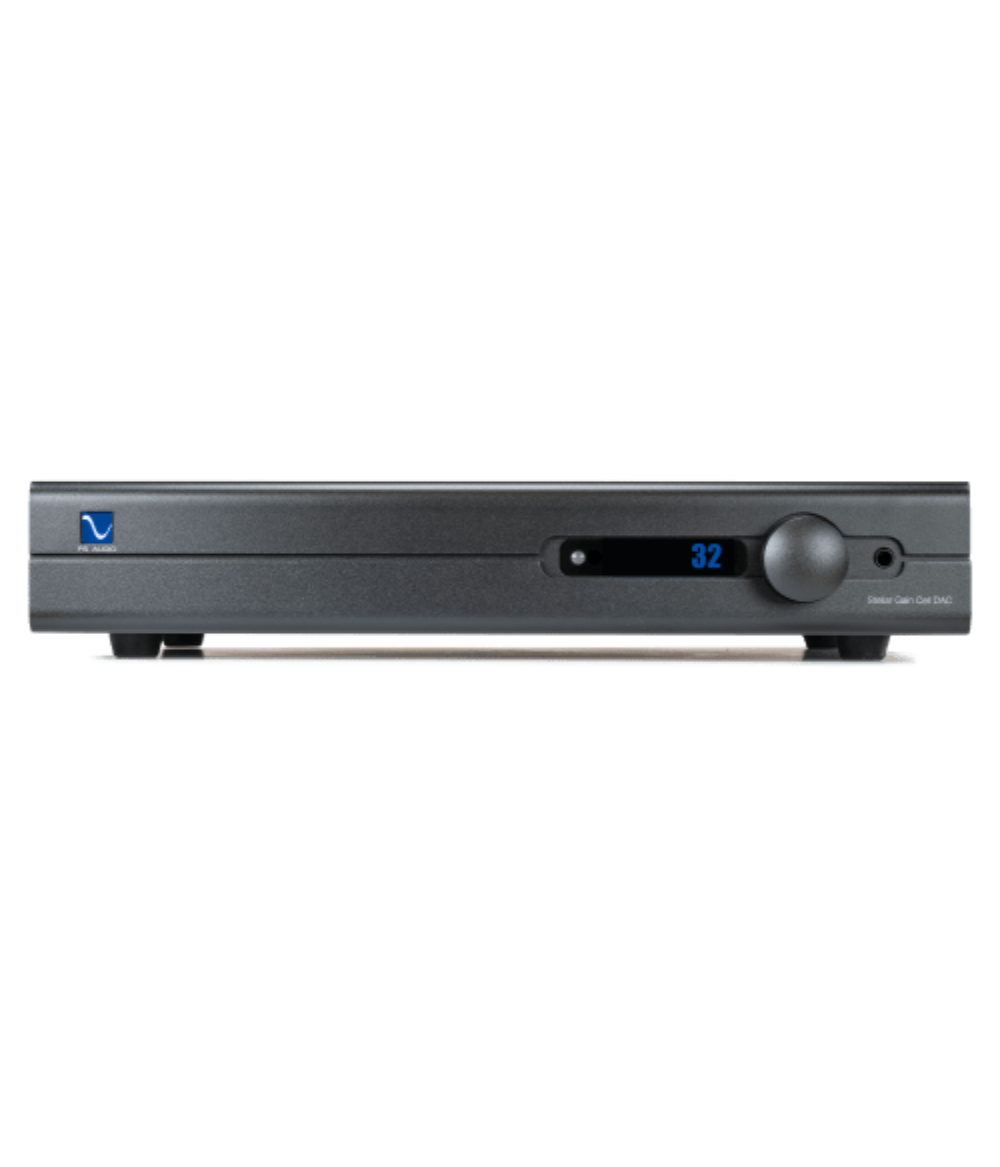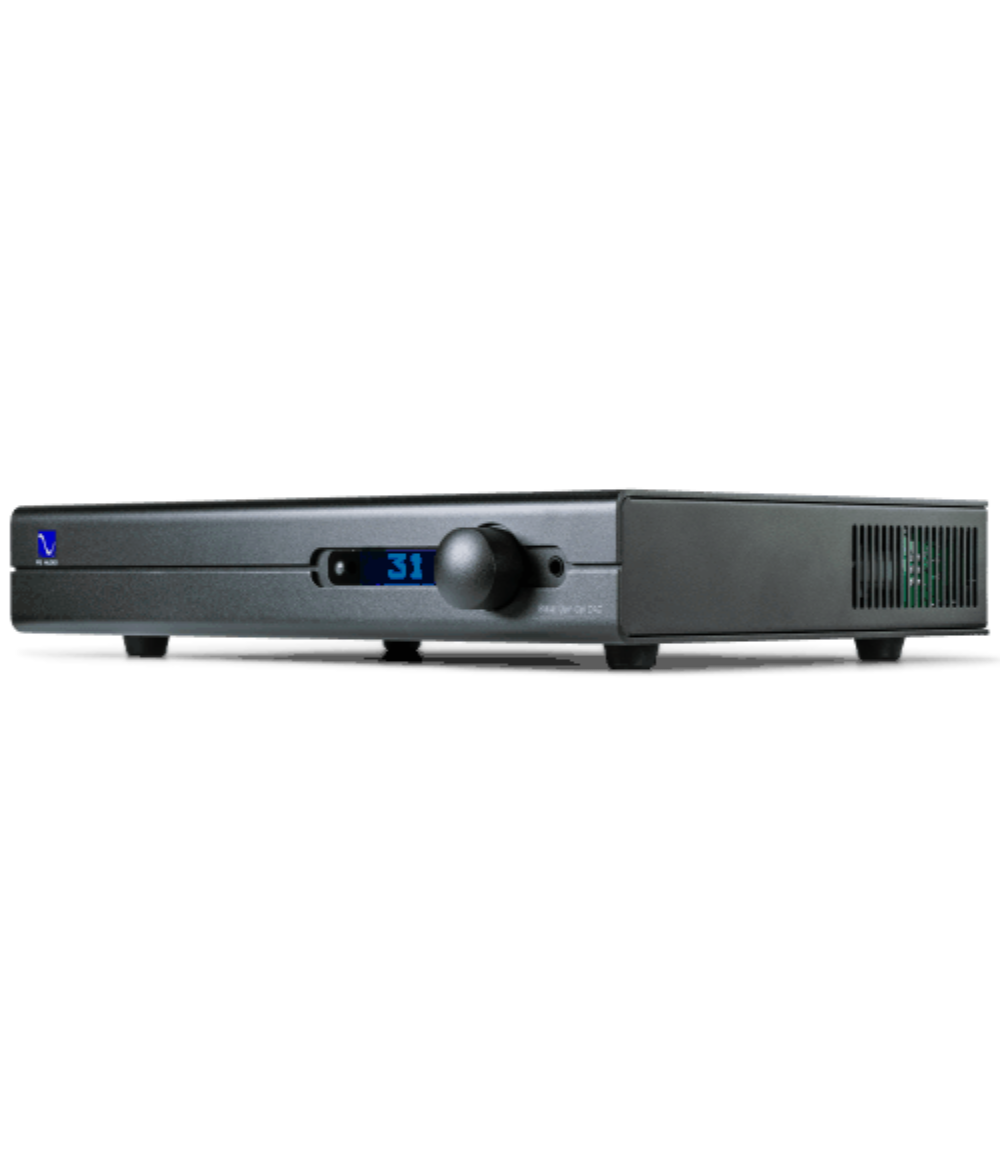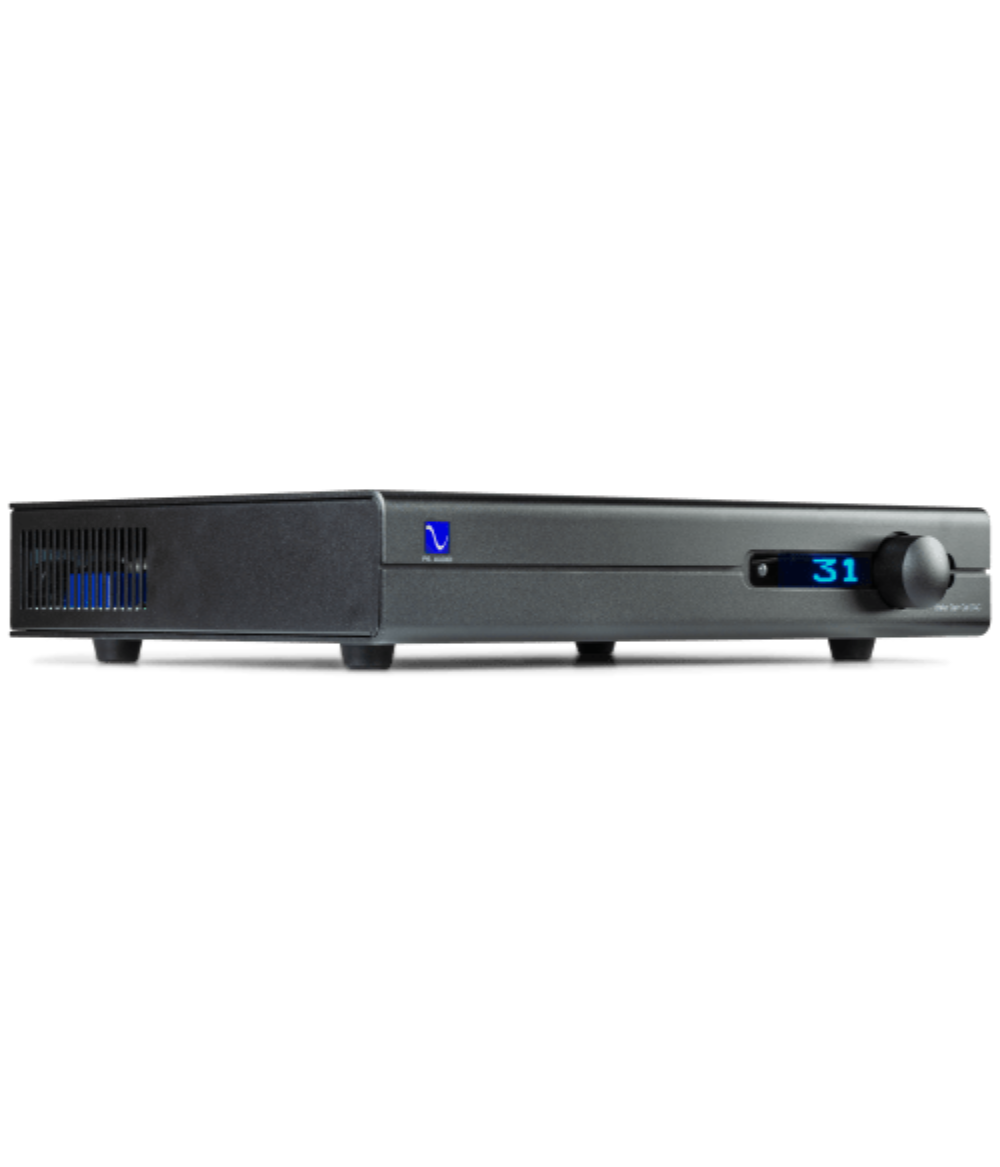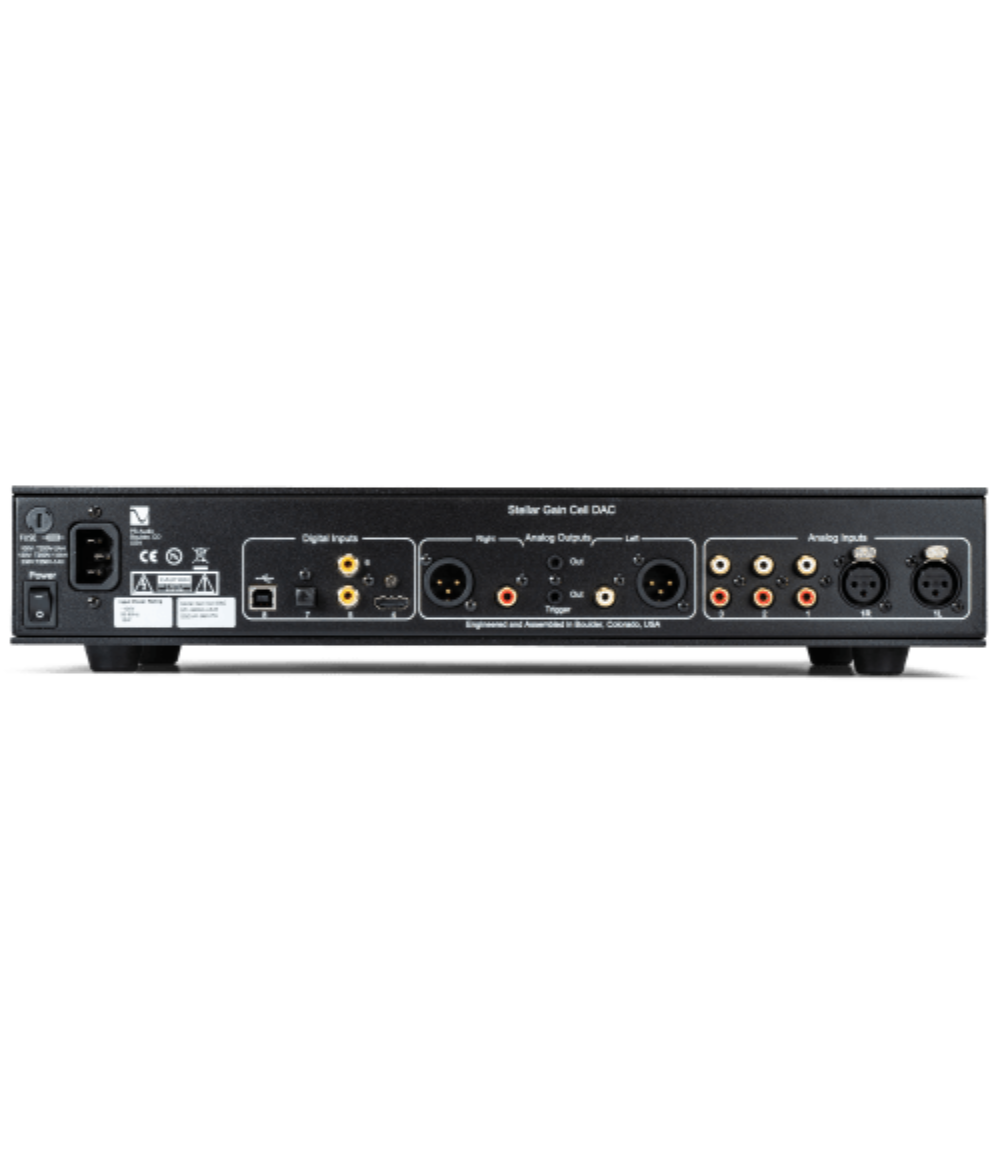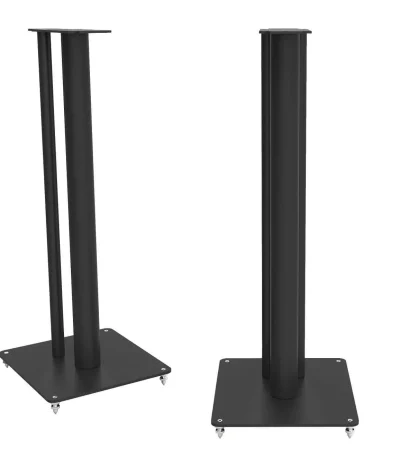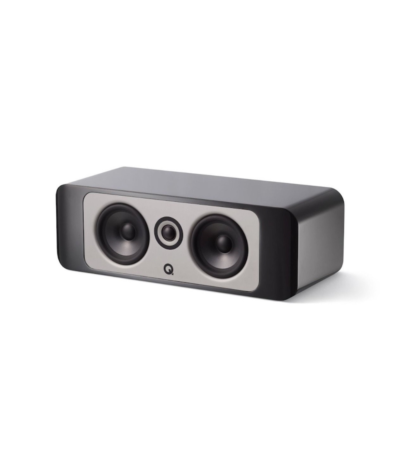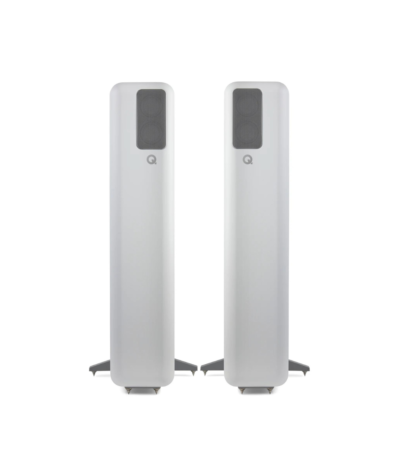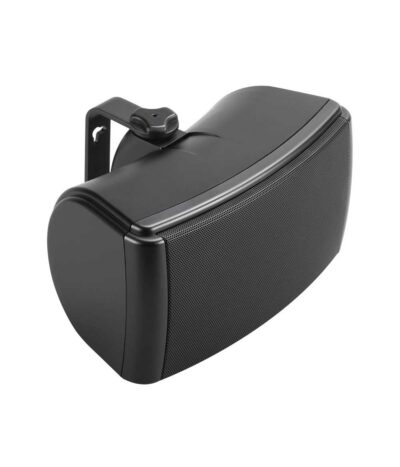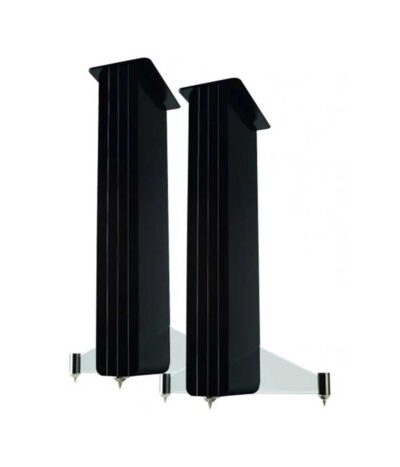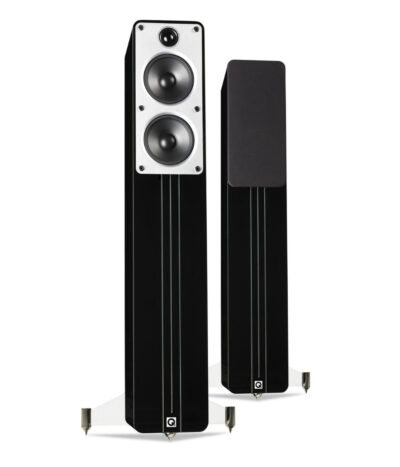DESIGN
APPLICATION
Technology
OVERVIEW
Think of the Stellar GainCell DAC as a complete analog control center with an exceptional performing DAC at its heart. All the features and functions you’d ever want in an analog preamplifier and modern DAC are right here in Stellar. A zero-loss, fully balanced, pure, analog signal path combined with DAC features rarely found at any price level: pure DSD, asynchronous USB, Digital Lens technology, I²S to connect to our best transport, balanced throughout. Replace your preamplifier, your DAC—or both—and be stunned at the level of improvement when the full and rich tapestry of music surprises and delights your senses. Together, or separately, they create an extraordinarily rich, full-bodied musical experience few standalone products can match. The Stellar Gain Cell is the perfect foundation for those unwilling to compromise sound quality. Rich. Lush. Powerful. A music lover’s answer to spiraling cost-no-object equipment without sacrifice. In the more than forty years of PS Audio’s design innovations and breakthrough products, Stellar’s groundbreaking level of performance as our gateway standalone DAC and preamplifier is unmatched for price and performance by their standalone competitors. Taken together, we’re willing to bet you’ve never heard anything quite this good at anywhere even remotely close to this price.
THE PREAMP
At the heart of the Stellar Gain Cell is its analog preamplifier section called the GainCell, a unique approach to solving a classic problem for preamplifier designers, the volume control. All preamplifiers must provide a means for the volume level to be turned up or down. Typically this is accomplished by inserting a mechanical or electronic element in the signal path which degrades the musical signal to some degree. PS Audio’s unique GainCell solves the sonic losses associated with classic volume controls by using a different technology known as a variable gain amplifier. Instead of adding additional circuitry to the signal path to vary loudness, the preamplifier’s actual amplifier stage varies its gain in response to the user’s front panel volume control. This method requires zero additional circuitry in the signal path, thus eliminating the need for additional circuitry that loses musical information. Stellar’s GainCell’s sound is rich, full and engaging in ways few preamplifiers can claim. From the quietest micro-dynamics to the loudest macro-dynamic passages, Stellar’s GainCell outputs gorgeous music through either its balanced or single ended outputs or its headphone amplifier. Music takes on new life through the GainCell.
THE DAC
The DAC inside the Stellar GainCell will transform your expectations of what’s possible in resolving all of music’s nuance and splendor without a trace of digital harshness. The DAC itself is based on the acclaimed 32-bit ESS Sabre Hyperstream architecture, the output of which is passively filtered to reduce transient distortion. The DAC’s output stage is a unique Class-A configuration, fully balanced and direct coupled hybrid array, with an extended bandwidth of -3dB at 60 kHz feeding directly into Stellar’s analog GainCell. The GainCell DAC features a high-resolution USB path based on the same XMOS technology found in our DirectStream DAC, as well as our exclusive I²S inputs featuring a separate clock and data signal from the source. I2S outputs are sent via an HDMI cable and I²S compatible sources can be purchased from PS Audio as well as other manufacturers. We believe that one audition of a simple CD, played through the Gain Cell DAC, will open your eyes to the magic these design efforts have brought. And once you hear what the Gain Cell DAC does on ordinary CDs, we can’t wait for you to hear what the Gain Cell DAC can do for higher resolution PCM and DSD.
Physical |
|
| Unit Weight | 13.5 lbs [6.1 kg] |
| Unit Dimensions | 17” x 12” x 3” |
| Shipping Weight | 17 lbs [7.7 kg] |
| Shipping Dimensions | 23”x 18” x 9” |
Power requirements |
|
| Input Power | Model specific 100VAC, 120VAC, or 230VAC 50 or 60Hz |
| Power Consumption | 20W |
| Mains Power Input | IEC C14 |
| Fuses | 100V T250V-2.0AH (2A Slow Blow) 120V T250V-1.6AH (1.6A Slow Blow) 230V T250V-1.0AH (1.0A Slow Blow) |
| Accessories included | US (NEMA 5-15P) (all versions) Schuko (CEE7/7) (230V version) UK (BS1363) (230V version) |
Analog inputs |
|
| RCA XLR |
3 stereo pair 1 stereo pair |
Digital audio inputs |
|
| I2S | 1 PCM (384KHz max) DSD64 DSD128 Compatible with DirectStream Transport SACD handshake for DSD playback |
| Coax | 2 PCM (192KHz max) |
| Optical | 1 PCM (96KHz max) |
| USB | PCM (384KHz max) DSD64 (DoP) DSD128 (DoP) |
| Format | PCM, DSD |
Analog Audio Outputs |
|
| RCA XLR Headphones |
(Analog Unbalanced) 1 stereo pair (Analog Balanced) 1 stereo pair One 1/4″ headphone connector front panel |
Analog Performance |
|
| Gain Maximum output Sensitivity |
12dB +/-0.5dB 20 Vrms 5.3Vrms |
| Input Impedance | 47KΩ single ended RCA 100KΩ Balanced XLR |
| Output Impedance | 100Ω single ended RCA 200Ω balanced XLR |
| Frequency Response | 20Hz – 20KHz +0/- 0.25dB 10Hz – 100KHz +0.1/-3.0dB |
| Noise | 20-20KHz <-90dBV |
| S/N Ratio | 1KHz >110dB (max output) |
| Channel separation | 1KHz >90dB |
| Input separation | 1KHz >90dB |
| THD&IM | 1KHz < 0.025% 20-20KHz < 0.05% |
Headphone performance |
|
| Output power @1% THD | 300Ω 300mW 16Ω 3.25W |
| S/N Ratio 1kHz Noise |
>95dB (max output) <-80dBV |
| THD & IM 1Vrms out | 300Ω <0.05% 16Ω <0.06% |
| Output impedance | <4 Ω |
Features |
|
| Volume Control | 0-100 (1/2 and 1dB steps, 80dB total range) |
| Balance Control | 24dB each direction in 1/2dB steps |
| Home Theater Mode | Assignable to any analog input Adjustable (in setup) to any level |
| Polarity (phase) Control | Digital sources only |
| Filter Control | 3 selectable digital filters (PCM digital sources only) |
| Trigger output | (3.5mm 5-15VDC) 2 |
| Remote Control | Yes. Infra Red |
Michael Lawrance
The Shoestring Audiophile
Gary Alan Barker
Headphone.guru
All PS Audio components I’ve encountered (or owned) are incredibly well-built and the Stellar line is no exception. They have a weight, look and feel that exudes quality belying their sub-$5,000 USD total cost and puts me in mind of gear I’ve reviewed costing double this price point.
The PS Audio Stellar ‘three-fer’ proved itself to sound far more captivating, powerful, lyrical, musical and possess a humanity to its sonic signature in playback of all types of music than I previously thought a preamplifier and mono blocks priced under $5,000 USD would be capable of. They would, without fail…
Rafe Arnott
AudioStream
Guy Lemcoe
The Audio Beat
Michael Lavorgna
AudioStream
Magnepan speakers aren’t known for their deep bass punch, but here with the two Stellars the .7 speakers’ low bass was kicking with “The Legendary Skatalites in Dub” reggae album with really low, feel-it-through-your-toes bass. Austin Wintory’s orchestral score for “The Banner Saga” sounded downright huge, and the low bass drums definition was truly stellar!
Steve Guttenbergh
C/NET
Tom Gibbs
Positive Feedback Magazine
The headphone amp section of the Stellar DAC appears to build on that device. So let’s call it an improved version of the GCHA (originally $999), with far lower output impedance for better compatibility. Then throw in a PS Audio NuWave DSD for the DAC section (which is still in their catalog at $1299), making sure to tweak a few things for improved performance. At this point we’ve already far surpassed the $1699 asking price for the Gain Cell DAC, and that’s not even counting the superb analog preamp section designed specifically for this device.
image: https://www.innerfidelity.com/images/..
John Grandberg
Inner Fidelity
There’s no way around it, this is one hell of a lot of value packed into a single chassis. And the sound is as good or better than you are going to..
Mark Wieman
Daily Audiophile
Martin Appel
HiFi Pig
It is rather amazing to consider how much excellence PS Audio has managed to squeeze into this one product. Would you get better sound, say from a standalone DAC that costs as much as the Stellar? Possibly, but you’d still need to buy a preamp to go with it. And chances are, one with similar flexibility and performance as the Stellar’s won’t be available on the cheap. Factor in the excellent headphone amp section and it’s hard to argue with the appeal and value of the Stellar.
If your system already comprises top-notch gear, this may not represent a significant improvement over the existing..
J. Loh
Audio Fi

